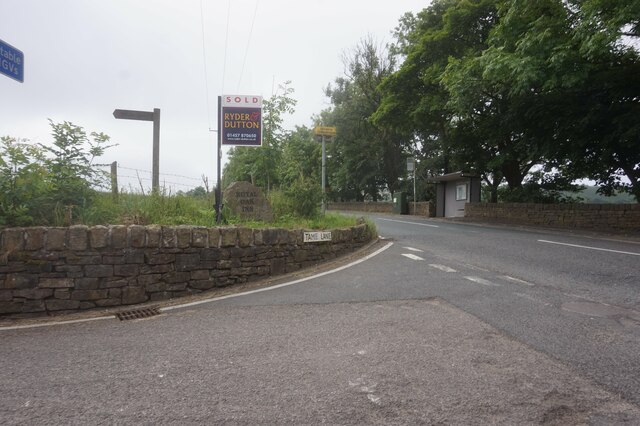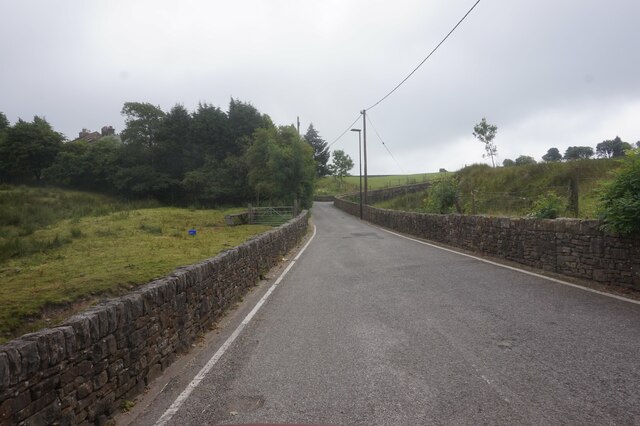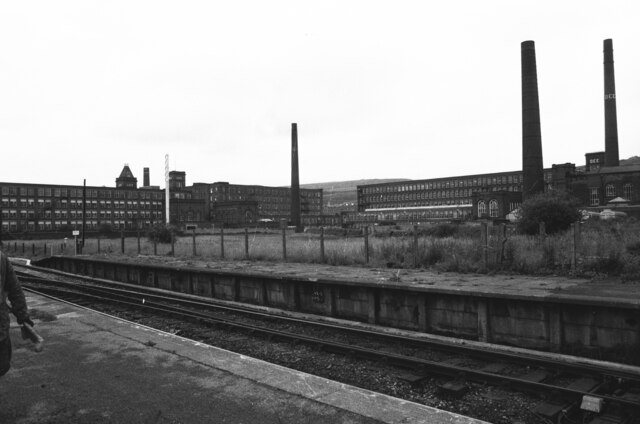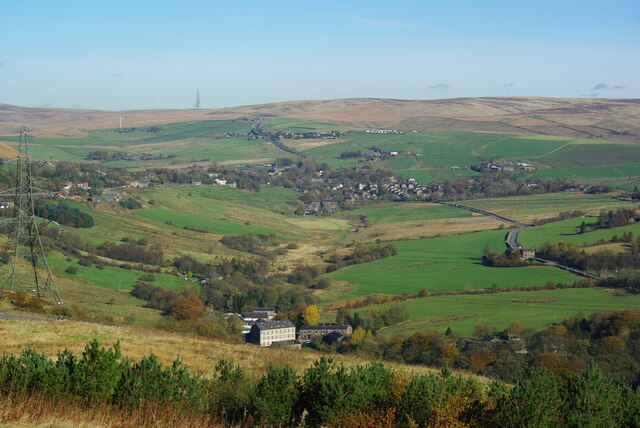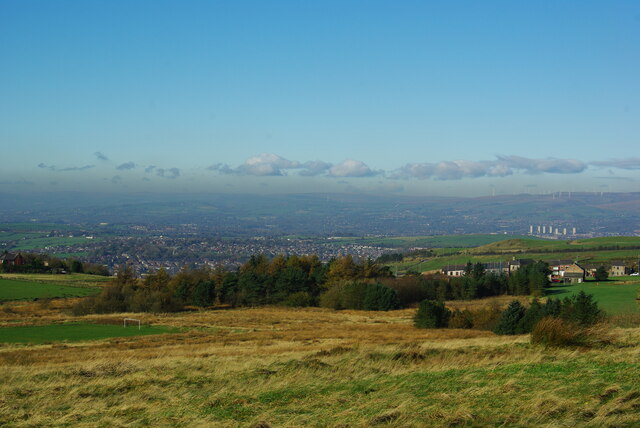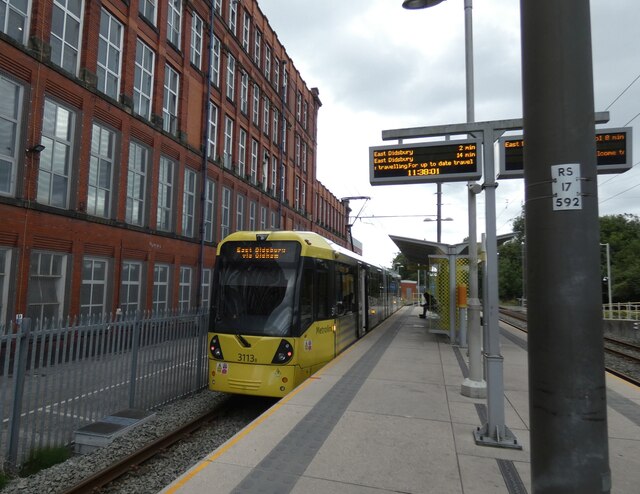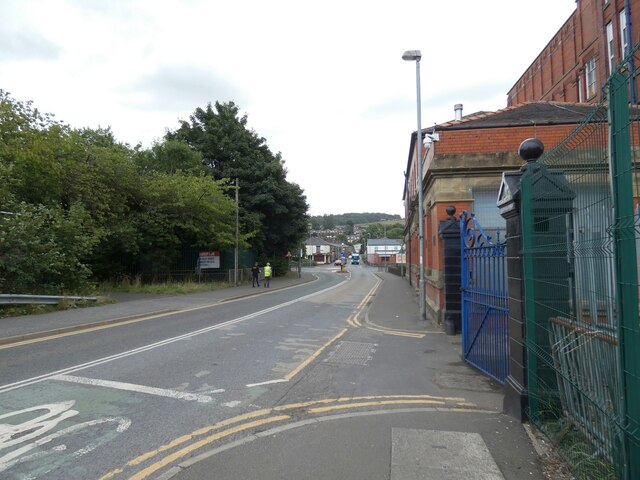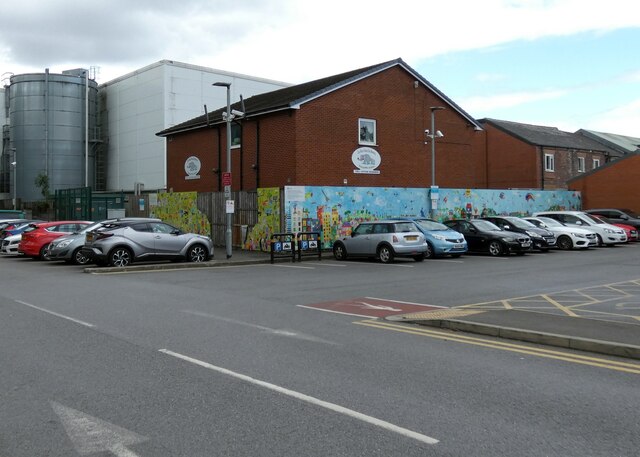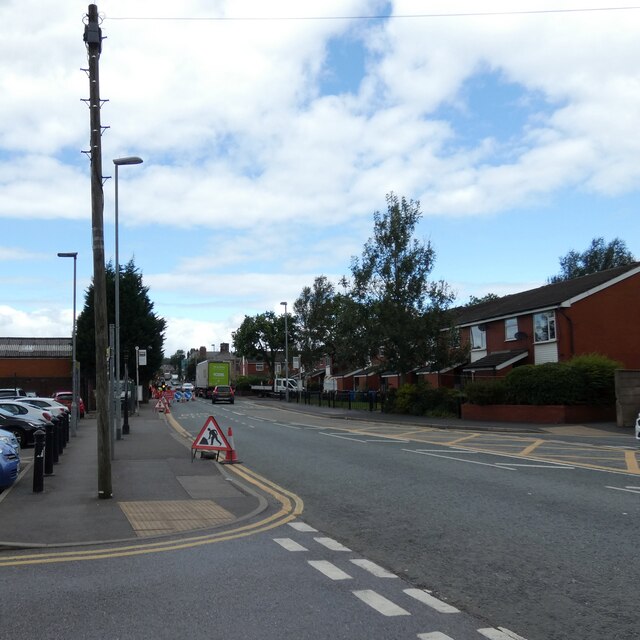Brushes Clough Reservoir
Lake, Pool, Pond, Freshwater Marsh in Lancashire
England
Brushes Clough Reservoir
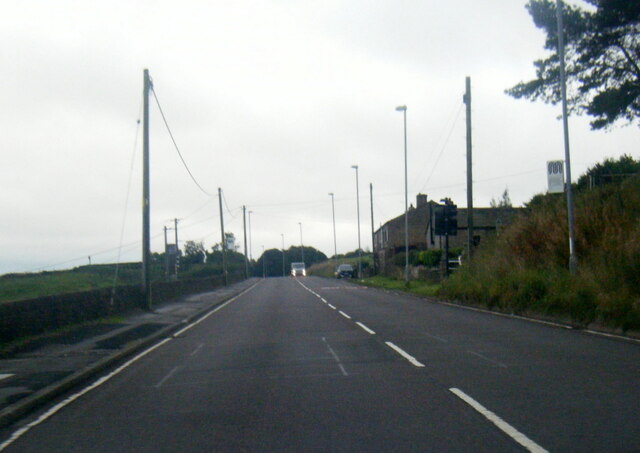
Brushes Clough Reservoir is a man-made freshwater lake located in the county of Lancashire, England. The reservoir is situated in a picturesque valley surrounded by rolling hills and lush greenery. It covers an area of approximately 10 acres and is fed by a nearby river.
The reservoir serves as a vital water source for the surrounding towns and villages, providing drinking water and irrigation for agriculture. It was constructed in the early 20th century to meet the growing demand for water in the region.
The water in Brushes Clough Reservoir is clean and clear, making it an ideal habitat for a variety of aquatic plants and animals. It is home to several species of fish, including trout and perch, which attract anglers from near and far.
The surrounding area of the reservoir is also rich in biodiversity, with numerous bird species making it their home. Visitors can often spot ducks, swans, and herons gliding gracefully on the water's surface, while the surrounding trees provide a haven for songbirds.
The reservoir is a popular destination for outdoor enthusiasts and nature lovers. It offers various recreational activities such as fishing, boating, and birdwatching. There are also well-maintained walking trails along the shore, allowing visitors to enjoy the scenic beauty of the reservoir and its surroundings.
In summary, Brushes Clough Reservoir is a picturesque man-made freshwater lake in Lancashire, serving as a vital water source and offering a diverse range of recreational activities. It is a haven for wildlife and a peaceful retreat for those seeking natural beauty.
If you have any feedback on the listing, please let us know in the comments section below.
Brushes Clough Reservoir Images
Images are sourced within 2km of 53.584822/-2.0682529 or Grid Reference SD9509. Thanks to Geograph Open Source API. All images are credited.
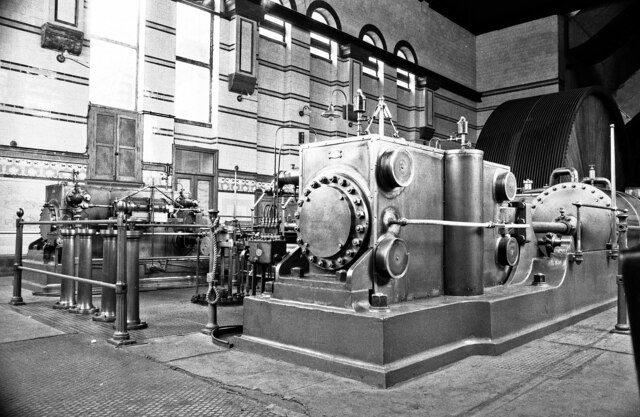
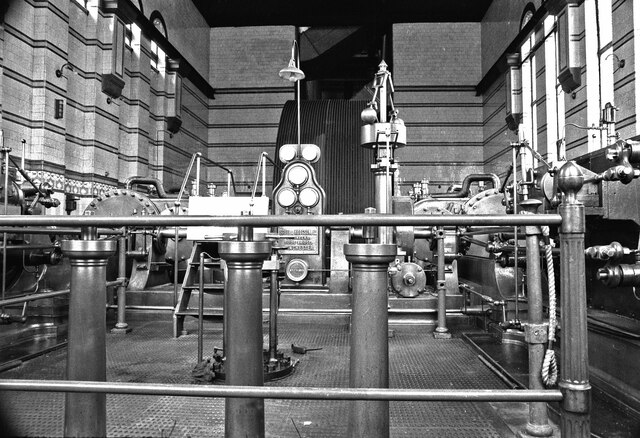
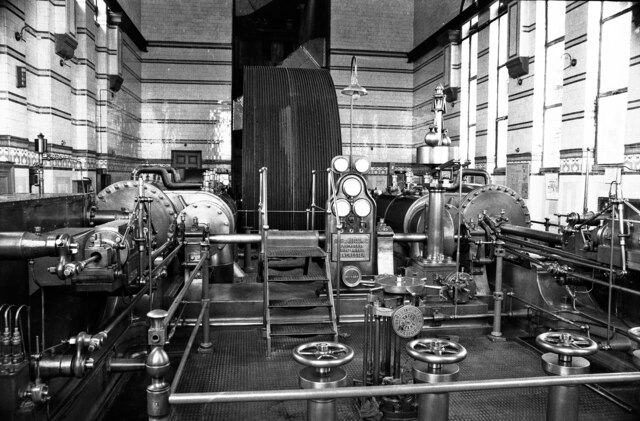
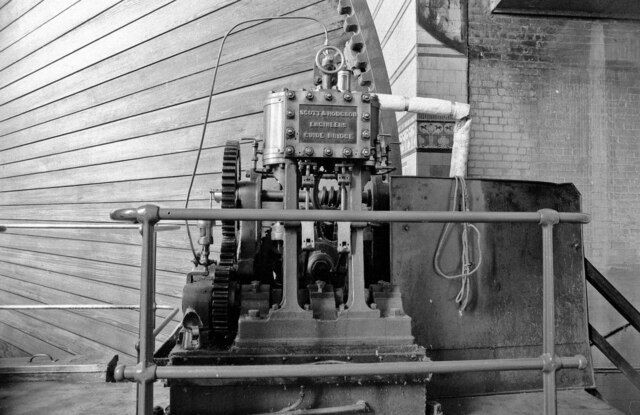
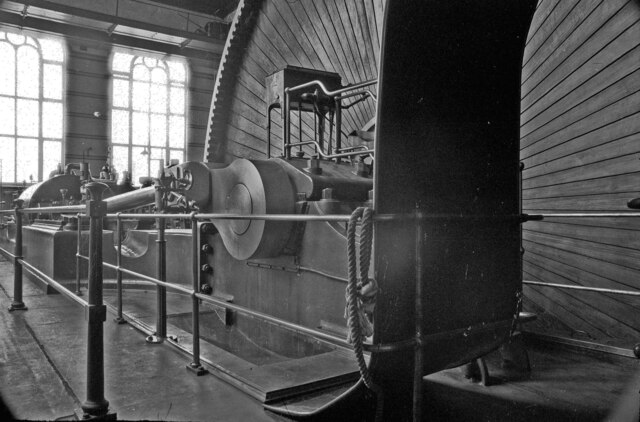
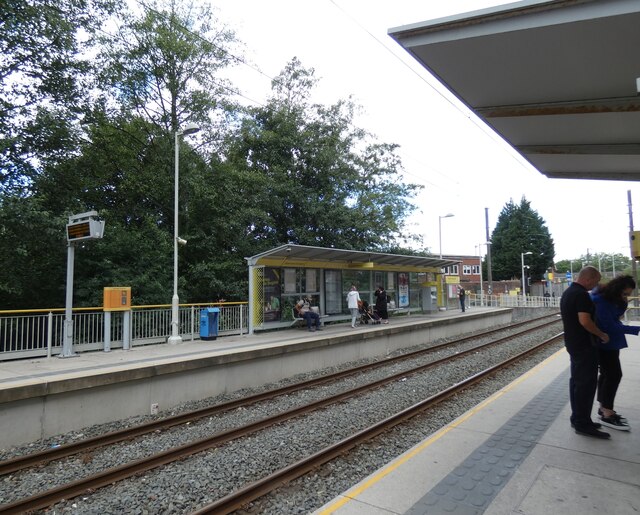

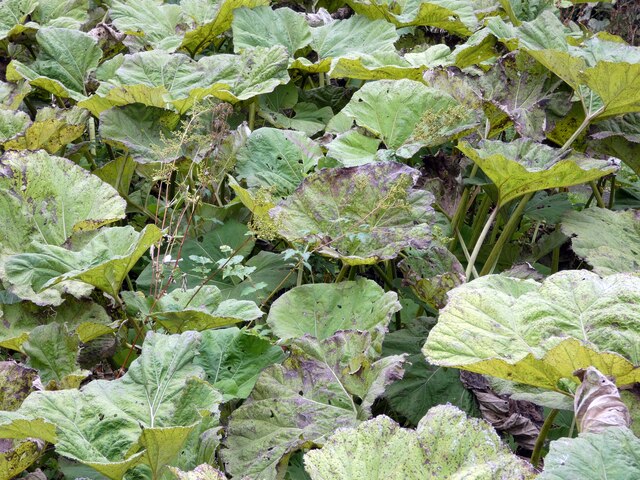
Brushes Clough Reservoir is located at Grid Ref: SD9509 (Lat: 53.584822, Lng: -2.0682529)
Unitary Authority: Oldham
Police Authority: Greater Manchester
What 3 Words
///number.interests.sheepish. Near Shaw, Manchester
Nearby Locations
Related Wikis
Brushes Clough Reservoir
Brushes Clough Reservoir is on Crompton Moor in Shaw and Crompton, Greater Manchester, England. It was created in the 19th century by the damming of Leornardin...
Crompton Hall
Crompton Hall was an historic house situated at Crompton Fold in the township of Crompton, Lancashire, and within the historic parish of Prestwich-cum...
Crompton Moor
Crompton Moor (archaically known as High Moor) is an area of moorland in the South Pennines, in North West England. It lies along the northeastern outskirts...
Newby Mill, Shaw
Elm Mill, was a four-storey cotton spinning mill in Shaw and Crompton, Greater Manchester, England. It was built in 1890 for the Elm Spinning Company Ltd...
Nearby Amenities
Located within 500m of 53.584822,-2.0682529Have you been to Brushes Clough Reservoir?
Leave your review of Brushes Clough Reservoir below (or comments, questions and feedback).
